This year we saw a lot of people being forced to evacuate their homes when various natural disasters hit our country.
Without having an escape route planned, some of these people didn’t think they would make it on the road, and even worse, they did not take the whole situation seriously. They decided to hunker down and see how it plays.
As a serious prepper, you shouldn’t count on luck since it plays only a minor role when it comes to surviving a disaster. In these uncertain days, having your bug out bag ready at all times is mandatory, and planning an escape route is critical to your survival.
As a quick example, during the California wildfires in 2017, more than 900,000 people had to evacuate Southern California to escape the deadly fires. Some lost everything, while others were smart enough to think things through before the evacuation order came in.
Regardless if an evacuation order comes or not when a disaster hits close to home, you have to decide if it’s safe for your family to distance yourselves from the affected area. Since certain natural disasters can grow and develop unexpectedly, it’s smart not to gamble with your safety and always be ready to evacuate.
Your vehicle of choice
Your bug-out vehicle of choice should be prepared and ready to take you to safety at any time. Such a vehicle should be kept in good condition and be gassed up every time you have the occasion to do so. You have to consider that not only most gas stations will be closed, but those that will still be open will have limited service, and there will be a lot of competition for the remaining fuel.
As a precaution, most preppers keep a host of minimum needed gear in their car at all times, while some have a corner of their garage designated to store all the items that are needed for bugging out safely.
If you opt for this strategy, you will save yourself a lot of time when the evacuation order comes. You won’t run around your house looking for things to gather and take along. Not to mention that you will assure a certain comfort to your family when you are all away from home, and this alone will boost morale considerably.
Gearing up
Preparing for a certain scenario needs to cover certain basic preparation. The first thing you need to do is consider the environment you’re living in, the time of the year, the type of crisis, and the intended destination.
If you are familiar with my work, you’ve probably learned by now how much I stress to the readers about the need to keep their gear updated. At a minimum, you should have your gear updated for the time of the year and weather.
While it’s important to pack well for an evacuation scenario, you should never overpack. Not everyone out there is a seasoned survivalist, and most folks will pick food and water as their main priority. However, you should also pack clothing and sheltering items that fit your needs based on where you are heading. It makes no sense to use up storage space with extra warm clothes if you are going to a zone with a warm climate.
Always keep your bug out bags in the vicinity of your car. Every family member should have one and if you are unable to use your car for the escape route you’ve planned, consider that the total weight of a survival bag should be distributed according to each body type and physical strength.
Additionally, you should also consider the following necessary items when mapping your escape route and organizing your gear:
- Extra cash since ATMs may not work, and those that work won’t handle withdrawals during a time of crisis.
- Prescription medications, vitamins, and other needed medical supplies (for people with allergies, diabetes, and other conditions that may require special care).
- All your important documents stored in a fireproof/waterproof container.
- Food and other stuff for your pets.
- Some extra gas if your escape route plans for a detour.
- Items that would help you stay up to date with the developing situation and get the lasts news (even a dynamo-powered radio is a great start).
Your exit plan
Every city is different, and they have different layouts. While certain cities will have multiple directions to evacuate, others will be limited. When you plan your escape route, it’s mandatory to base it on based on your location, population density, and intended destination. In a few words, this means that you should be familiar with all the main routes and secondary routes of your town.
You should avoid going towards the city center even if that’s the fastest route out of town. Have detailed paper maps of your city and mark both primary and secondary routes of escape on those maps.
I also recommend getting some forest service maps and topographical ones since you need to have a clear picture of all the available roads and paths when planning your escape route.
Since it is advised to follow the guidance and directions of government officials when an evacuation order is given, things may not always be so straightforward. While the officials may be better informed than you, always be prepared to go your own way if you are forced to do so. Be smart and listen to the radio and plan your next move based on the information you gather.
Alternative planning
Every plan you make for an escape route must also include a failure scenario. For example, the plan for the main city highway to be jammed. Plan for secondary roads to be blocked by fallen trees or be washed out by flash floods. Plan for alternate routes that might not be as crowded but would eventually require a long detour; therefore, more gas will be needed.
When you plan for failure, you should also consider the items that will help you overcome certain and perhaps unexpected scenarios. There are a lot of people that hate firearms and see such items as nothing more than death tools. However, in a scenario that requires you to defend yourself and your loved ones, such tools may be exactly what you need.
It is mandatory to think about what you will need when your main plan falls apart due to reasons that are out of your control. This is why, as preppers, we often need a plan B and perhaps a plan C.
You may have the safest BOV money can buy, but what if it breaks down?
Do you have the tools and parts to fix it?
Even more, do you know how to fix it?
If you come to a halt and your bug out vehicle becomes useless, you still have to figure out ways to continue your journey. Maybe you packed a bicycle or two, or perhaps your loved ones are used to carrying their backpacks for long distances since you all love to go camping often.
Regardless of how things will turn out, only you can plan for the proper outcome since you know the alternatives you and yours have.
Practicing
Everything we learn during the course of our lives must and should be put to the test. The same goes for emergency preparedness, and there should be no major surprises waiting for you.
Testing your escape route may be as simple as organizing a trip out with the family during a busy time of the year. It can be as simple as driving your intended routes and be observant of what happens along the way. Even better, do it during the rush hours to get a proper feel of the kind of traffic you can expect.
Observe and write down on your maps “sensitive” areas to avoid (busy landmarks, bad neighborhoods) and areas you may have to target in case of unexpected emergencies (hospitals, relatives, friends, etc.). It’s also worth labeling areas that can provide resources in case needed (fuel, food, water, etc.).
The main thing you have to keep in mind is that the same objectives you’ve circled on your map could also be targeted by others, so you need to be prepared to deal with the most unpredictable element of all, human nature.
Other important things you should be noticed on your map when testing the escape routes are the choke points and natural obstacles that you may have to get through (rivers, rough terrain, etc.). These points on your map have the highest “unexpected factor,” and you may have to abandon your vehicle or make a long detour to overcome such obstacles.
Evacuation day
Regardless of how much you planned and prepared for the day when you are forced to evacuate, there’s always that doubt mixed with a multitude of interchanging feelings that will prevent you from taking on the road.
When the evacuation order comes, that feeling that keeps telling you that you may never see your home again is heartbreaking. Leaving everything behind is not easy, and many people just don’t manage to do it. They fail to see that their lives are in danger and that they cannot stop a natural disaster.
You should stay strong and convince your loved ones to get in the car without making a big fuss about it. Keeping everyone calm and constantly reassuring them that things will be alright helps more than you would think.
First, they will be able to follow your direction with a clear head, and second, your neighbors and everyone staying behind won’t know that you are abandoning everything.
As I said earlier, avoid overpacking and making your car look like a survival vehicle from the Mad Max movies since this will only invite looters in after you vacate the premises.
Remember to cut the power and shut down the gas line to avoid further damage in case flooding or landslides occur. Locking all windows and doors should go without saying that it’s basically common sense at this point. All your defense layers should be in place, and you need to double-check them before you go.
When you are on the road, stick to your evacuation route and don’t make unnecessary stops, or take detour routes unless you have to. Stay vigilant for unforeseen dangers since your main goal is to escape the city as quickly as possible.
Planning for an extended stay?
After an evacuation order was issued, people go on the road, and they hope everything will soon turn to normal. However, many people planning for a bug out scenario have a hard time answering the old age question, “how long to stay away?”
In fact, in most cases, this remains a question without an answer, and if you do find an answer for it, it’s always dependent on the main, major factor, safety.
Is it safe to go home?
The event that triggered the evacuation order has come to an end?
If that’s not the case, do you have any good reason to return to, perhaps, a pile of rubble?
You must be prepared for the duration of your absence and fight the impulse to go home early. You took an escape route for good reasons, and there’s no point in going back early and possibly, face additional dangers.
Concluding
Planning for an escape route becomes mandatory if you know your area is exposed to the dangers of a natural disaster. Every bug-out plan being built is a task of personal nature, and it requires ample knowledge of your whereabouts.
Plan for both the expected and unexpected when building an escape route since only by doing so you will be able to reach safety.


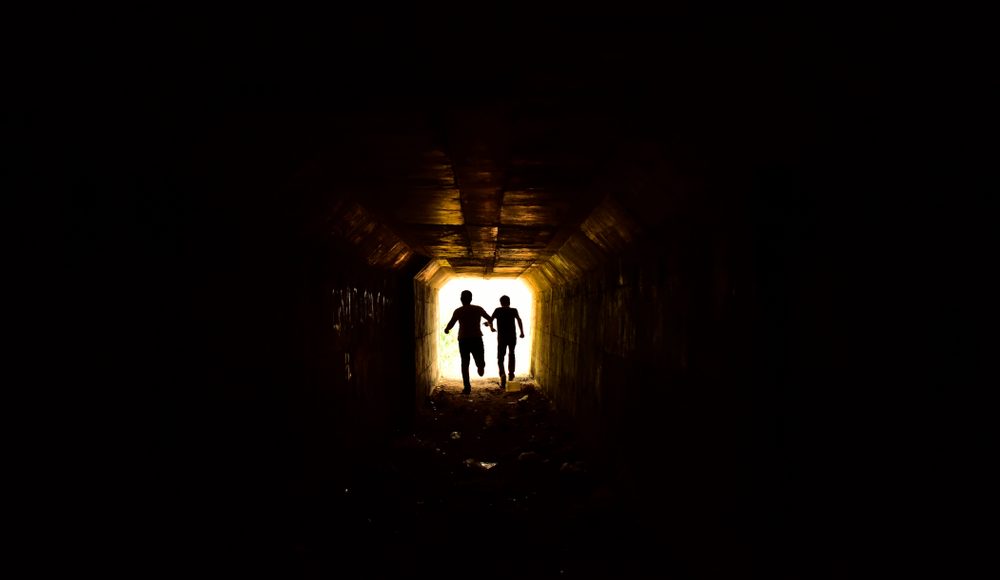



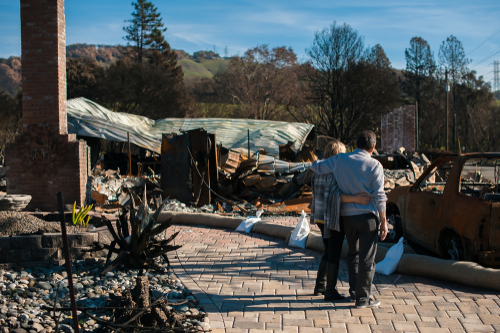

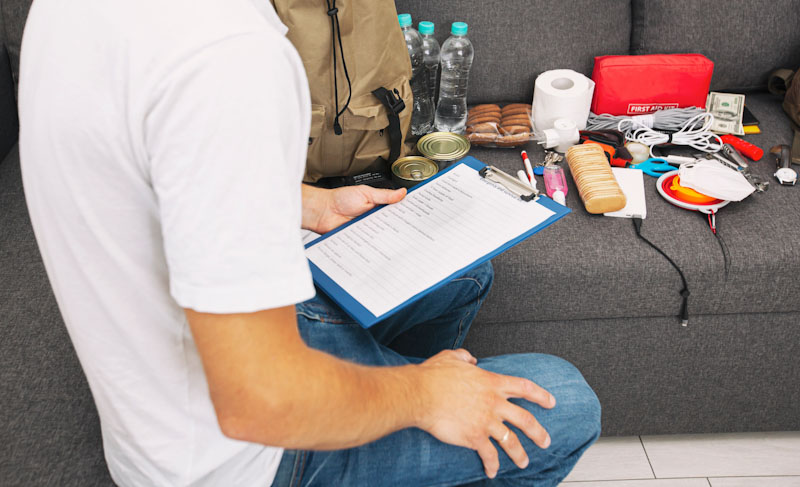
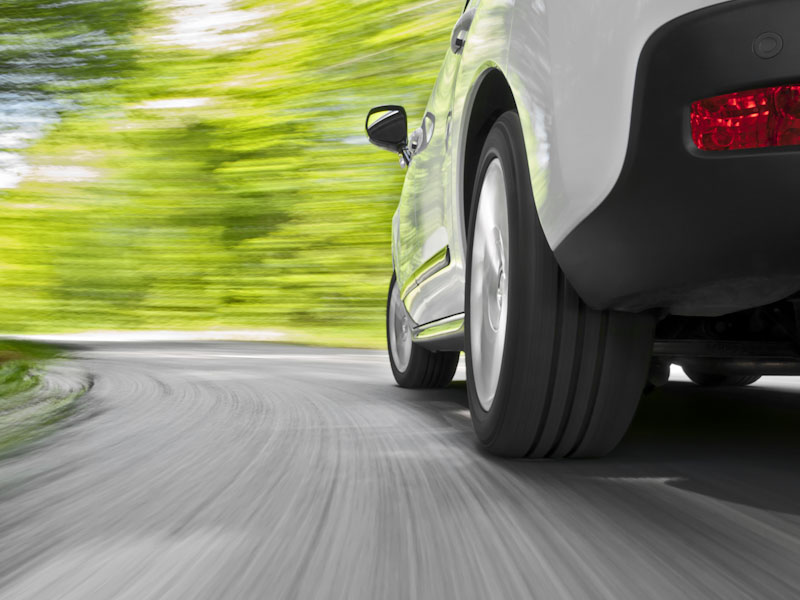
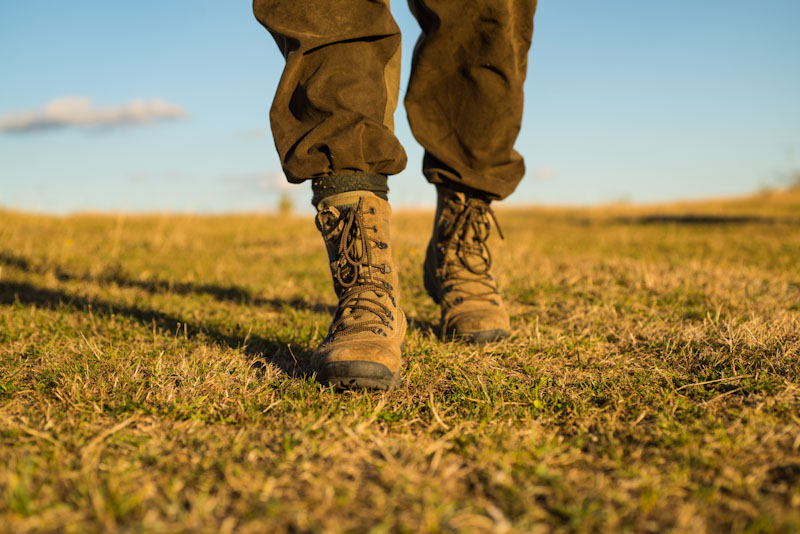



Illini Warrior | December 11, 2020
|
topic almost never covered in regard to bugging out >> having to abandon your BOV at a pinchpoint or because of an obstacle – your vehicle is loaded with supplies and survival tools – your vehicle could be your salvation on your return trip back home ….
how about prepping in advance for that vehicle ditching – hunt down a few good locations where it could be safely abandoned and/or supplies cached – prep the camouflage and other materials necessary to safely hide everything …..
anonymous | December 7, 2021
|
Excellent Point, IL-Warrior. There can be many options because even in forest fires, there are clear areas (e.g., larger towns and cities) where cars could be parked or stored. Where? A friend or relative who may live along an escape path, where you can get permission to park a car. and maybe even to live out of your car until you see “how the wind blows”. Truckers do it (and do it all) in “interior space” not much bigger than a large car. Maybe a business with ample parking space, where you can pay to let your car sit for a month. Maybe a church parking lot (of your denomination) along the way, should you be deterred from your plan. Many churches have parsonages (where the minister lives and next door or nearby the Church building itself…so you may have a measure of “eye-security” on your parked car. Even a cemetery could be a location. They got lots of room; and are rarely visited by strangers. KOA campgrounds rent camping space, usually by the vehicle. Most that I’ve seen in the Mid-West are on essentially repurposed farm land (very few trees).
If for example, a significant river exists that blocks most forest fires (once you cross it), there are other places you may be able to go that will allow you to park for a fee. You can then use that location as a “wait and see:” location; and if need be sleuth camp (it means sneak in and out) nearby. If you are religious and your faith group has a worship place downstream, so to speak from your location, that location of significance (to some) may be able to refer you to a farm-or ranch member, who may allow you to park a vehicle for a fee, while you either camp nearby, or even take a bus to a destination further away.
My opinion is that with some creative thinking, everyone can find potential parking alternatives. Even a hotel, with “covered parking”, flooded with forest fire smoke could be relatively “empty” and having parking space to rent.
I’ve traveled plenty of places where not only do cars park at night at relatively abandoned shopping center parking lots (and sleep there), but so do over-the-road semi trucks that are governed by time spent on the road, and if they are stopped they can be pulled over and ticketed for driving too long (too many tickets and they lose their license and employment)–they also knowing the risks have parked in relatively abandoned shopping centers. But if you are going to sleep in a vehicle, bring plastic sacks+toilet paper for poop, and wide mouth plastic bottles (for pee)–it will make your life a lot easier over a 24-48 hour period.